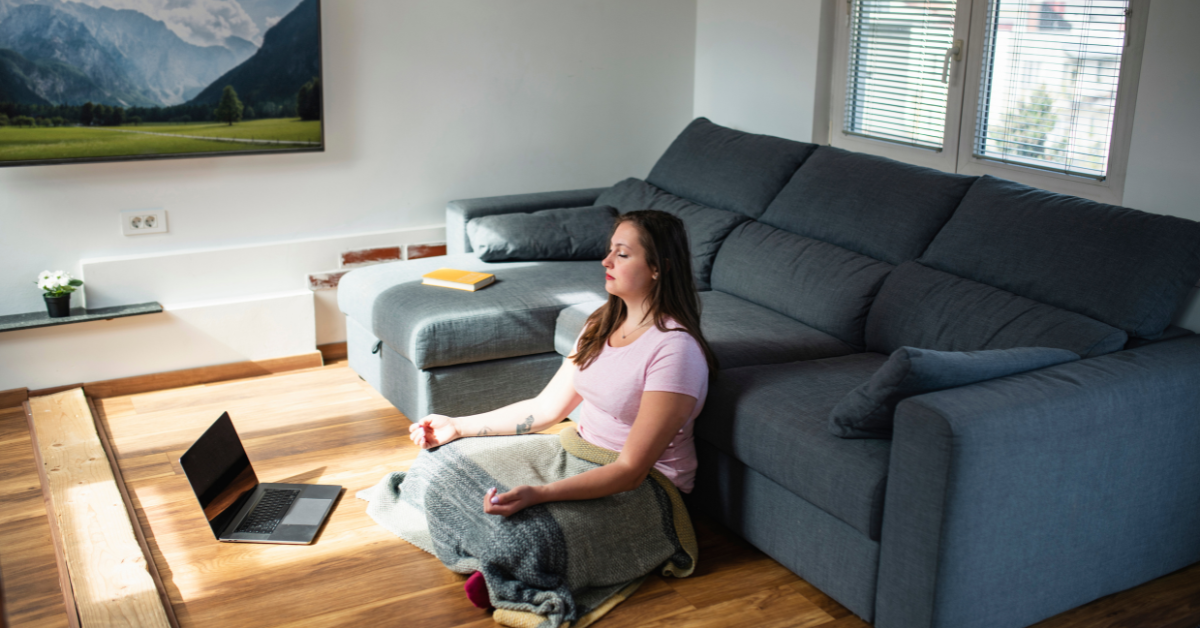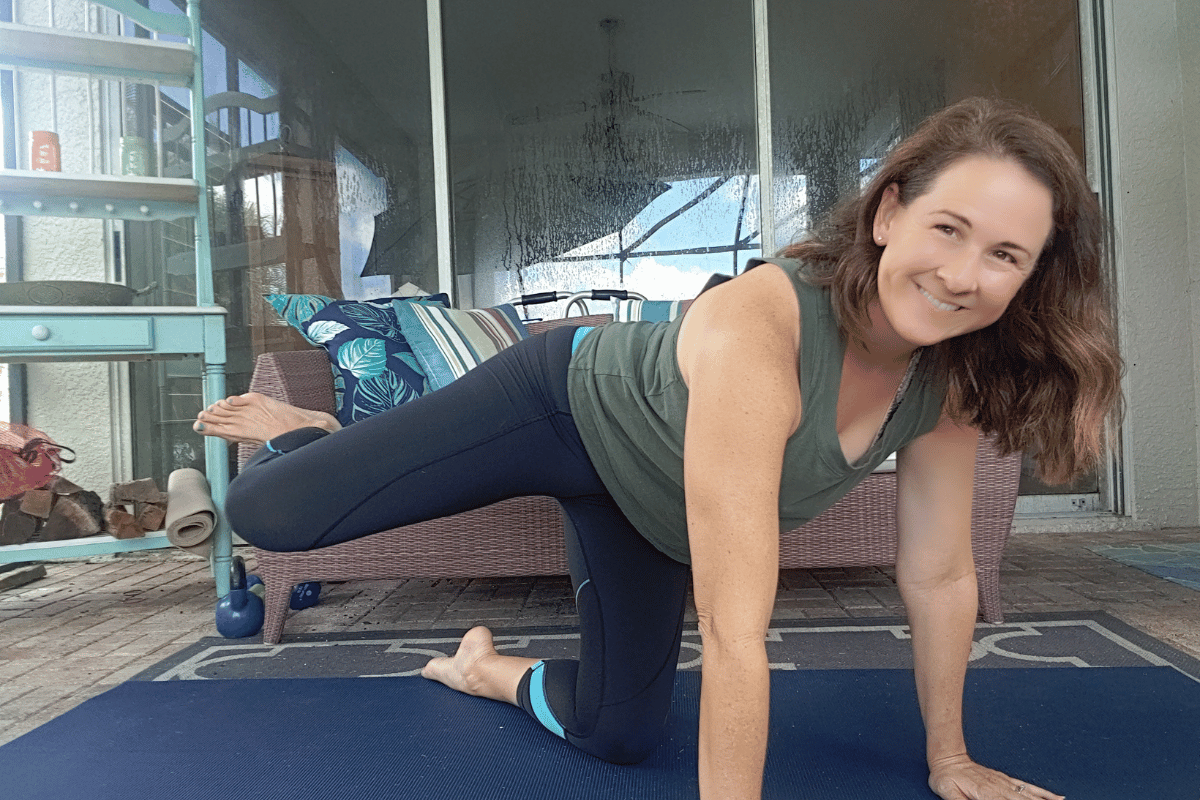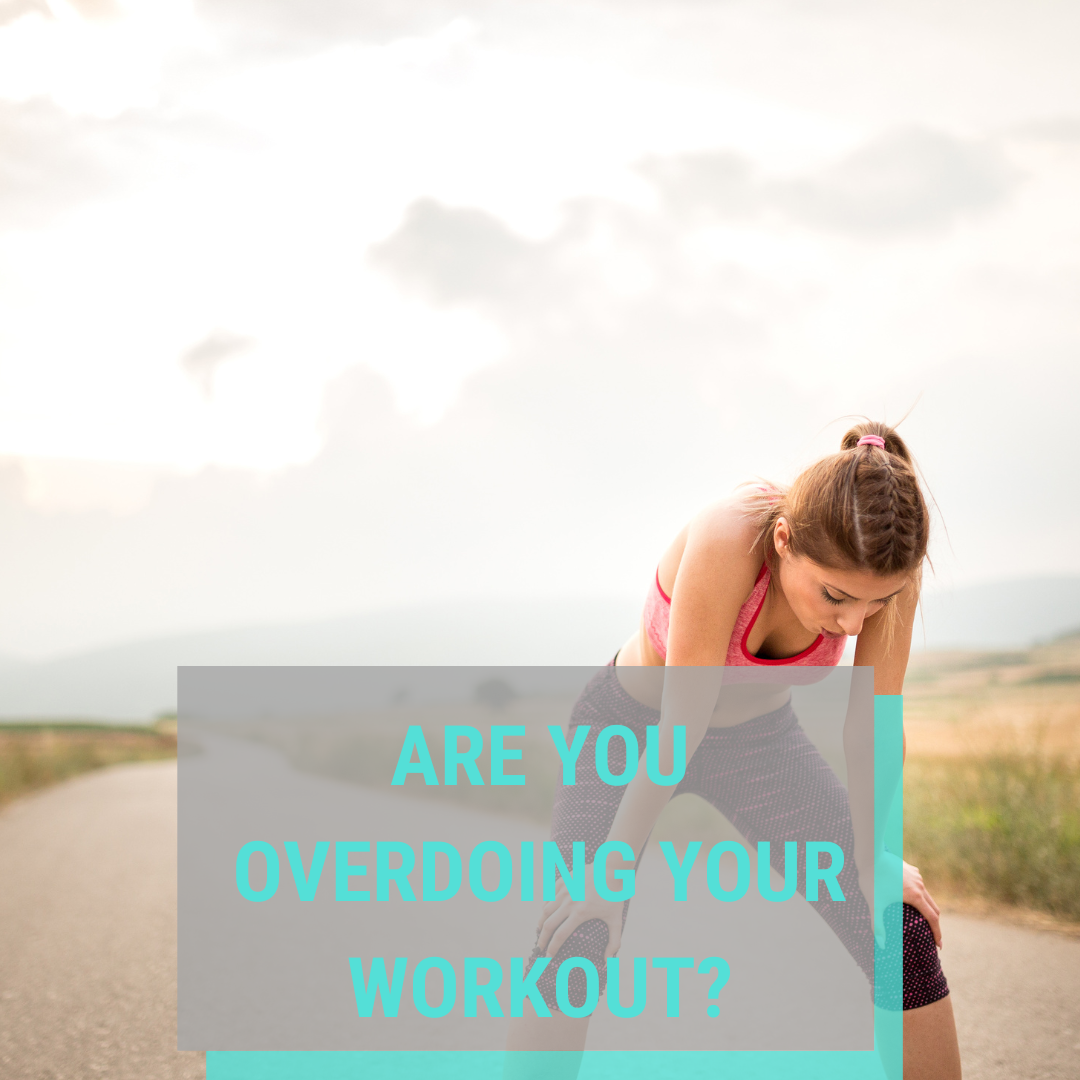How to Use a Foam Roller and Rolling Exercises

What is foam rolling?
Foam rolling is a myofascial release technique that is used to improve and restore function to the muscles and fascia. Many physical therapist, movement specialists, and personal trainers use it to help release tight muscles. It has been said to help decrease post-workout muscle soreness, and it is a great self-massage technique. Foam rollers are made of dense foam that are designed for you to roll over to help release tight muscles with basic myofascial release techniques. If you happen to google foam rolling, you will find tons of information out there about how it’s either really good or a waste of time.
I believe it to be both…what?!
Here’s the thing!
Many people doing foam roller exercises don’t understand what they are doing. They have seen others use them and start using them without a plan. They have done limited research on how to use them effectively. Just like with all exercises, there must be a plan and a reason for your actions. Program design is an important roll when using a foam roller, as well as understanding why you are foam rolling.
Benefits of Foam Rolling:
- Can increase range of motion
- Decrease muscle tension and ease sore muscles
- Helps to keep fascia gliding over the muscle
- Lymphatic massage
- Aid in muscle recovery after a workout
It is important to ensure that you apply just the right amount of pressure to get the release your body needs and help with muscle recovery. I do not feel that a lacrosse ball should be used for most tight spots as it doesn’t have a lot of give and puts too much pressure on the sensitive spots. I usually recommend the long rollers with a bit of give. These offer you the opportunity to lay on them and be able to release tension in the chest and shoulder areas while also working the upper back in different ways. Here is a foam roller that I would recommend getting started with to help you begin feeling the benefits of myofascial release. There are different sizes that can be used for different purposes, I just find that the one above can be used in various ways.
As mom’s we are stuck in a rounded forward posture a lot, so we want to make sure we are practicing foam rolling to help with poor posture. The below video I share the basic myofascial release technique with the foam roller on the major muscle groups. It is important to breathe through foam rolling, if you have tight spots, stay on the area and try to breath and relax into it.
Here are some of the foam rolling exercises I do often:
- Upper back roll to help with rounded shoulders (for the back muscles)
- Glute and piriformis release on foam roller towards the outer thigh
- Hamstring roll
- Lower leg Calf rolling (or you can use a tennis ball directly on the calf)
- IT band release (this isn’t for the Iliotibial band, it’s for the muscles underneath)
- Quadricep rolls
- Inner thigh release
Foam Rolling and Hydration
If you are foam rolling every day and not noticing any difference in the tender spot in certain areas of your body, it might have to do with your lack of hydration.
When you foam roll, you are working on releasing the fascia (soft tissue) from the muscle. Think of fascia as being the yellowish thin layer of skin on a piece of chicken. If you are not well hydrated, your fascia becomes sticky and will attach itself to the muscle. This will feel like a knot or muscle tightness. Your goal is to drink enough water to keep your fascia slippery. That way it glides over the muscle fiber rather than sticking to it.
For best results make sure to drink 1/2 of your body weight in ounces each and every day. Increase your water intake especially on hot summer days, or if you tend to drink sodas, coffee, and alcohol. You also will want to increase water intake if you talk a lot during the day. Respiration releases water in the form of your breath as well.
Things to think about:
When working with new equipment, we need to understand the reasoning behind it and not just take the information at face value. Just because broccoli is healthy doesn’t mean we should eat it for every meal. Varying our food intake provides us with many different nutrients in our body; the same goes for foam rolling and self-myofascial release. Vary the equipment, muscles, and exercises and create a plan for corrective work. By using a foam roller before or after your workouts, you will begin to see the positive effect of them, recovery time may decrease, increased range of motion, less post-workout soreness, and less muscle imbalance.
Unsure what to do?
I’d be happy to help you on your journey of fitness while aligning and strengthening your body for better posture and less pain.
Grab our FREE guide on 3 steps to fix your posture and you will receive further foam rolling workout and information to help you with easing pain and tension or check out our Moving through Midlife Program
You may also enjoy reading:






